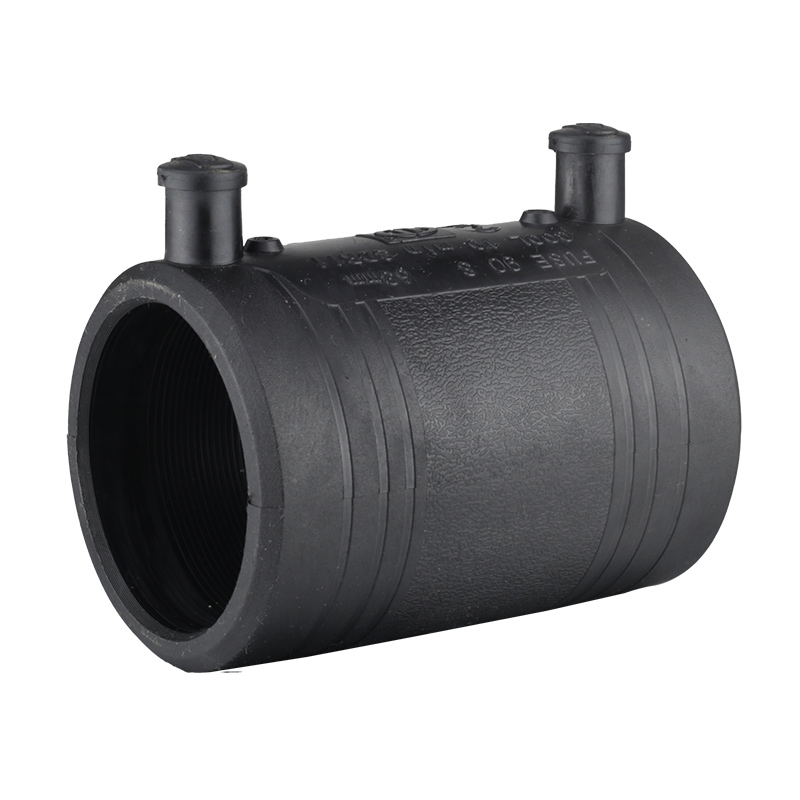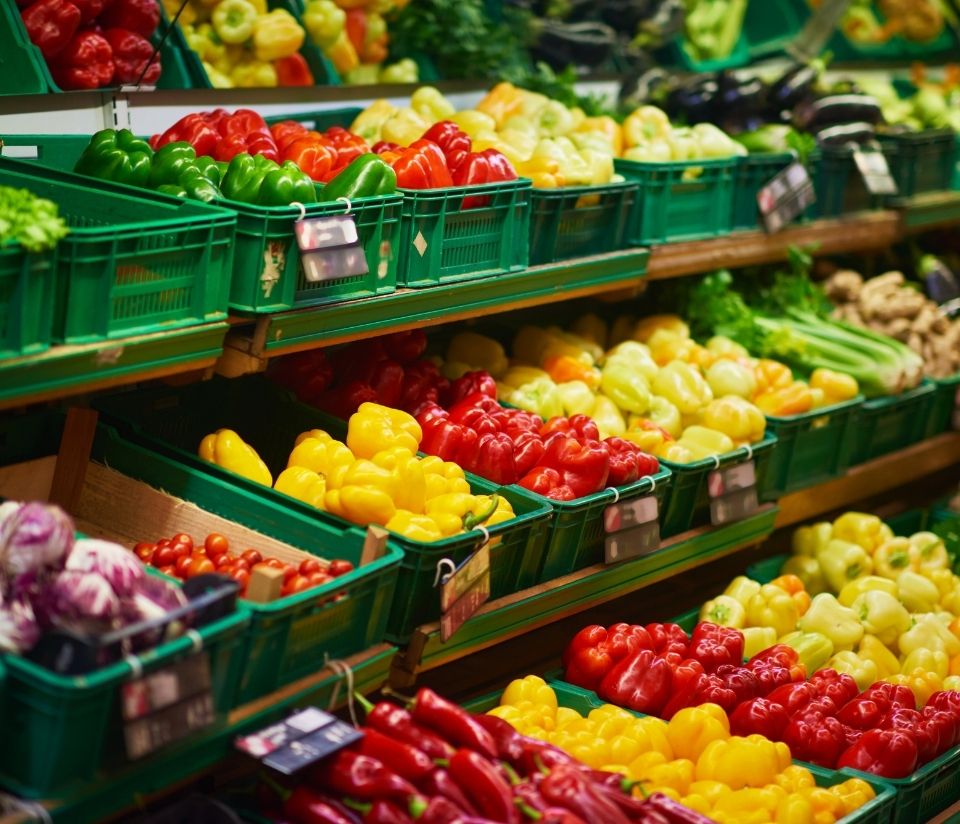In today's fast-paced world, convenience foods have become increasingly popular due to their time-saving nature and ease of use. These pre-packaged, processed foods offer a quick solution for busy individuals who want to prepare meals without the hassle of extensive cooking. However, beneath their apparent convenience lies a range of disadvantages that can impact our health, environment, and overall well-being. In this article, we will delve into the hidden pitfalls of using convenience foods in recipes, shedding light on the potential drawbacks that are often overlooked.
- Nutritional Concerns:
One of the primary disadvantages of relying on convenience foods in recipes is their often poor nutritional value. These foods are typically high in unhealthy fats, sodium, and added sugars, while lacking essential nutrients such as fiber, vitamins, and minerals. Regular consumption of convenience foods can lead to imbalanced diets, contributing to the development of chronic diseases like obesity, diabetes, and heart conditions. It is crucial to prioritize fresh, whole foods to ensure a well-rounded and nourishing diet. - Hidden Additives and Preservatives:
Convenience foods are notorious for containing a plethora of additives and preservatives. These substances are used to enhance flavor, extend shelf life, and improve texture. However, many of these additives have been linked to adverse health effects, including allergies, digestive issues, and even certain types of cancers. Moreover, the long-term consequences of consuming these additives are still not fully understood, making it essential to exercise caution when incorporating convenience foods into our recipes. - Environmental Impact:
The production, packaging, and transportation of convenience foods contribute significantly to environmental degradation. The excessive use of plastic packaging, energy-intensive manufacturing processes, and long-distance transportation all contribute to carbon emissions and waste generation. By relying less on convenience foods and opting for fresh, locally sourced ingredients, we can reduce our carbon footprint and support sustainable food systems. - Cost Considerations:
While convenience foods may seem affordable at first glance, their long-term costs can add up significantly. Compared to whole foods, convenience foods often come with a higher price tag due to the added processing, packaging, and marketing expenses. Additionally, the potential health consequences associated with consuming these foods can lead to increased medical costs in the future. Investing in fresh, whole foods and cooking from scratch can be a more cost-effective and healthier choice in the long run.
Conclusion:
While convenience foods offer a quick and easy solution for meal preparation, it is crucial to be aware of their disadvantages. From nutritional concerns and hidden additives to environmental impact and cost considerations, the drawbacks of relying on convenience foods in recipes are multifaceted. By prioritizing fresh, whole foods and embracing homemade cooking, we can ensure a healthier, more sustainable lifestyle. Let's make informed choices and savor the joys of cooking with wholesome ingredients.













+ There are no comments
Add yours